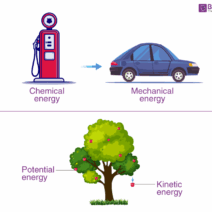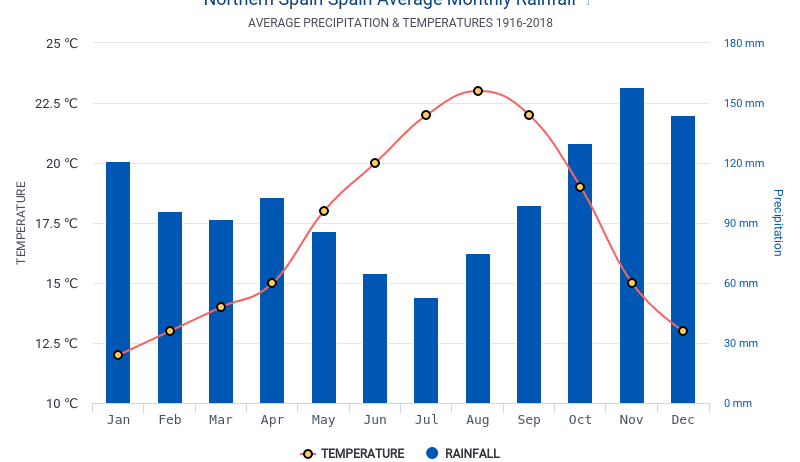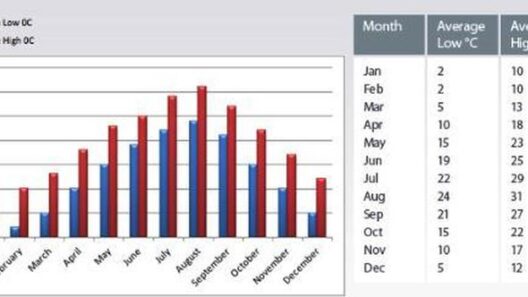Spain, a nation characterized by its diverse climates and rich cultural tapestry, offers a mesmerizing array of weather experiences across its varied landscapes. From the sun-drenched beaches of the Mediterranean to the verdant hills of the north and the arid expanses of the interior regions, understanding the climate of Spain reveals not just the weather patterns, but also the intricate relationship between geography, culture, and environmental sustainability.
At first glance, the predominant image that comes to mind when considering Spain’s climate is one of quintessential warmth and sunshine. This is particularly true of the southern regions, where the temperature can rise to sweltering levels during the summer months. Coastal cities such as Malaga and Seville bask in an almost ceaseless embrace of sunlight, creating environments that foster outdoor living, vibrant nightlife, and, of course, the passionate dance of flamenco. This cultural affinity for warmth has deep roots, as traditions often revolve around communal outdoor gatherings, flourishing wineries, and late-night fiestas.
Yet, this perception of persistent heat is somewhat myopic. Spain’s climate is not homogeneous; it varies significantly when moving from the arid southern regions northward. The northern part of the country, which is characterized by its lush green landscapes, experiences a cooler and more temperate maritime climate, heavily influenced by the Atlantic. Regions such as Galicia and the Basque Country receive ample rainfall, contributing to their verdant scenery and thriving agriculture. This abundance of moisture creates a contrast to the aridity of the south, offering a rich bounty of seafood and an entirely different culinary experience.
As one traverses further inland to the heart of Spain—Castile and León—the landscape transforms yet again. The central plateau, or Meseta, presents a continental climate with hot summers and cold winters. This region experiences wide temperature fluctuations, which contribute to a distinct seasonal rhythm that deeply influences local agriculture, particularly in the production of cereals and the iconic Spanish wines. Such climatic extremes foster a resilience among the local population, who have adapted their lifestyles and practices to thrive in what can be a challenging environment.
Climate variations are not solely about temperature, however; they also encompass precipitation patterns. The Mediterranean climate, found along the eastern and southern coasts, is characterized by wet winters and dry summers, a pattern that often leads to droughts in the summer months. Conversely, the northern regions enjoy more evenly distributed rainfall throughout the year, promoting a more sustainable agricultural system. Understanding these patterns is crucial not only for local economies but also for addressing broader environmental challenges, such as climate change and water scarcity.
The growing concern for climate change is increasingly affecting Spain’s weather systems and agricultural practices. Rising temperatures and altered precipitation patterns have already begun to impact traditional farming methods, leading to a pressing need for adaptation. Farmers in southern Spain, historically reliant on specific crops, now face difficulties as their cultivated species struggle against the hotter, drier conditions. This predicament prompts local governments and agricultural groups to explore innovative techniques and sustainable practices to ensure food security.
Moreover, the Spanish climate also plays a pivotal role in understanding migratory patterns and biodiversity across the country. The diverse habitats, from the dry landscapes of Almería to the lush forests of northern Asturias, support a rich array of flora and fauna, making Spain a significant area for conservation efforts. The unique climatic conditions across the regions contribute to diverse ecosystems, showcasing the importance of preserving these environments amidst external pressures.
The effects of climate change on Spain’s weather patterns extend beyond agriculture and biodiversity; they influence energy consumption as well. The demand for energy fluctuates significantly with the seasons. Hot summer months lead to increased electricity consumption for cooling, while the colder winters necessitate heating. Spain has increasingly embraced renewable energy sources, particularly solar and wind power, as a response to the growing need for sustainable alternatives amidst a climate-related energy crisis.
Historically, Spain’s climate has molded its architectural styles, social customs, and even leisure activities. The arched windows in Andalusian homes are designed to maximize airflow and provide relief from the summer heat, while the stone construction prevalent in the north serves to insulate from colder temperatures. Furthermore, Spanish culture is steeped in festivals that reflect the seasonal changes—celebrations such as La Tomatina and San Fermín are deeply intertwined with the climatic conditions that mark the agricultural calendar.
In summary, Spain’s climate is a complex mosaic that integrates a variety of conditions, each shaping the environmental, social, and cultural landscapes in unique ways. The dynamic interplay between warmth and coolness, humidity and dryness, illustrates the country’s multifaceted nature. As climate change continues to reshape the planet, understanding and appreciating these climate intricacies becomes essential—not just for the populace of Spain but for the global community grappling with similar pressing environmental issues. Navigating these changes will require collaboration, innovation, and a commitment to sustainable practices that honor both the past and the future of Spain’s rich natural and cultural heritage.
In conclusion, Spain’s climate is as vibrant and diverse as its people. From the flamenco heat of the south to the cooler northern breezes, the variations present a fascinating tableau that reflects not only the tangible weather patterns, but also the compelling narratives of adaptation, resilience, and cultural evolution in the face of changing environmental conditions. Such insights underline the importance of protecting and preserving this rich heritage in an era where climate change poses significant challenges to both natural and human systems.








